Crochet towels
The fluttering lines
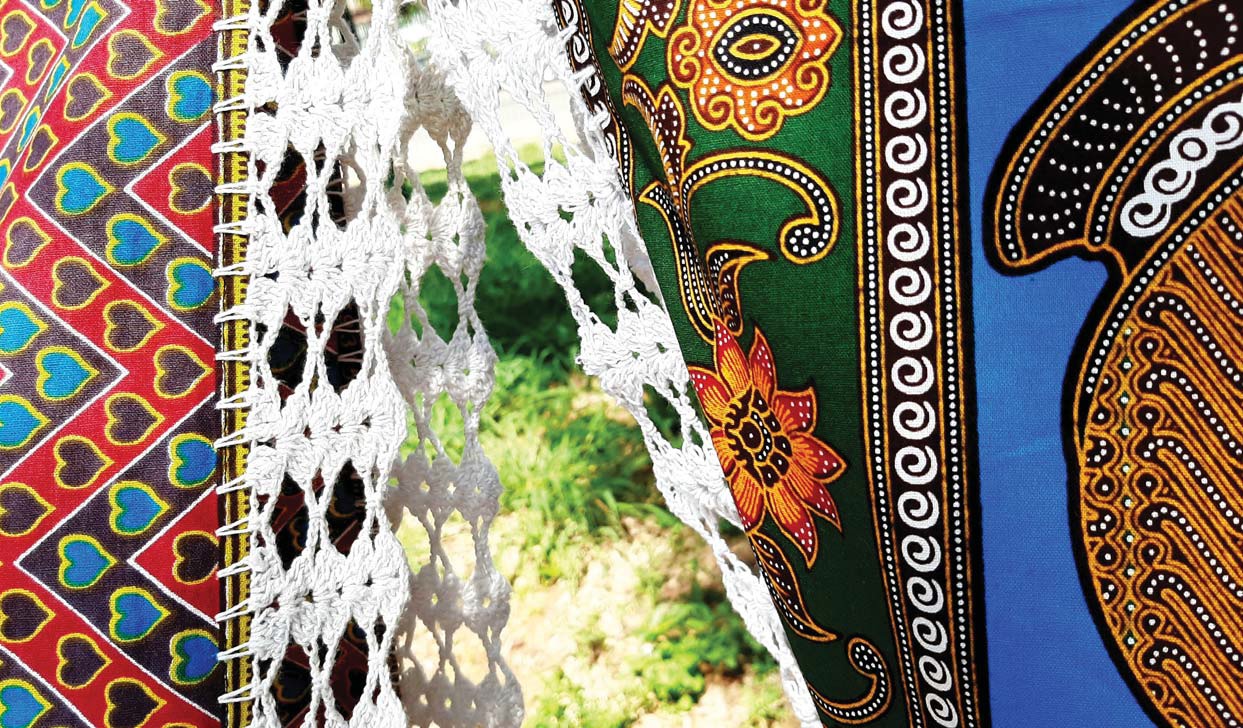
Whoever browses the batiks, wooden pieces and capulana bags, does not expect to find a white sea of crochet towels inside Feima, Maputo’s Crafts, Flowers and Gastronomy Fair, but the truth is that the eternal towels are already a symbol of art.
Maria Luísa represents the self-taught artist. She started crochet in 1994, when she was working at the Costa do Sol beach. In the early 90’s, she started making small crochet pieces and selling them on the beach to whoever passed by. Twenty-eight summers later and Maria Luísa still remembers the first piece she embroidered and the name of the client: “I offered it to Mr. Lopes, a Portuguese gentleman.”
Over the years and with the growth of the business, Maria Luísa found a space at Feima and today, at 47, she and her son manage the stall. “I buy my threads in exactly the same place I used to buy it twenty years ago, at Xipamanine,” she says amused. “I learned on my own, but some foreigners gave me some catalogs that still serve as the basis for the designs I create,” she adds.
Today, Maria Luísa combines the embroidered details to the iconic capulana
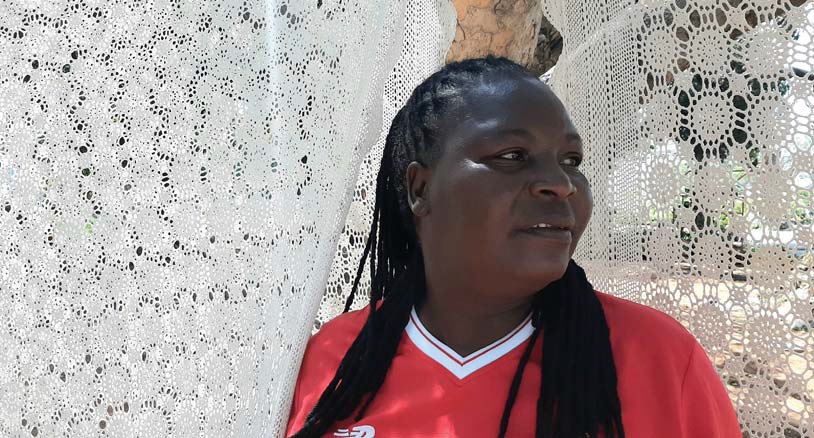
Happy with the path that her threads have taken her, Maria Luísa says that she crochets anywhere: in a corner of Feima, alone at home or even in her neighbourhood, with her friends. “I like to crochet so much that I ended up teaching three more neighbours and we got together to crochet together.”
Although it is not exactly known whether the French or the Arabs created the crochet technique, it is important to recognize that in addition to creating a very beautiful decoration piece, it is also a relaxation tool. And in the same way that it was her initiative that made Maria Luísa start to crochet, today it is her that combines the embroidered details with the iconic capulana.
Issue 70 Nov/Dec | Download.
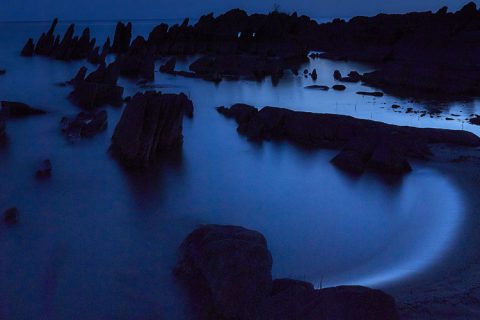



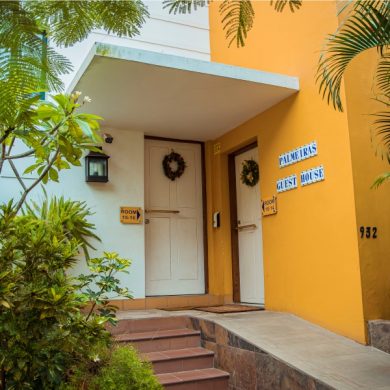


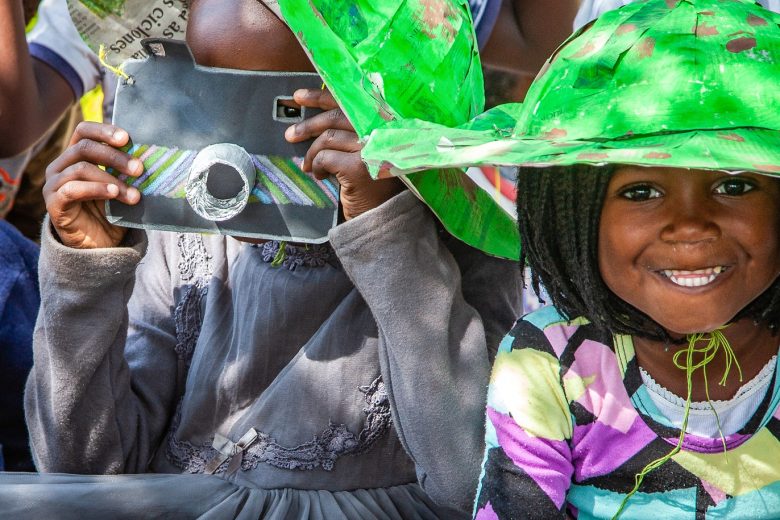
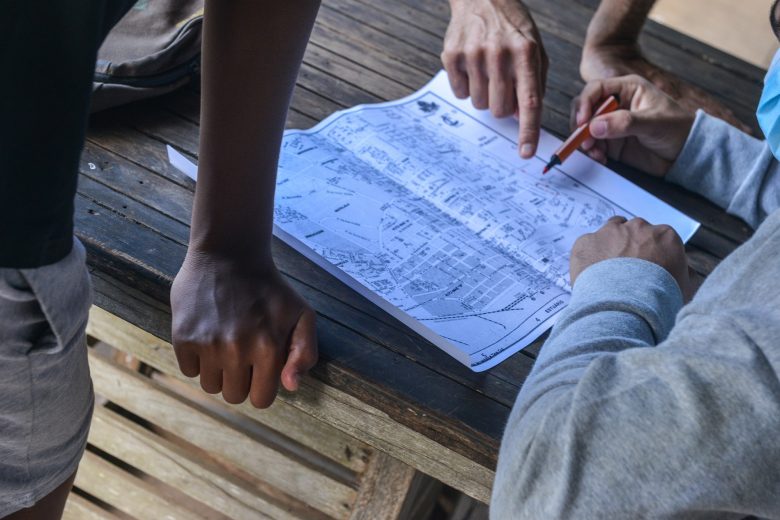













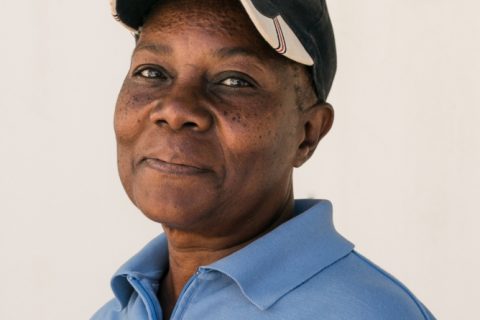
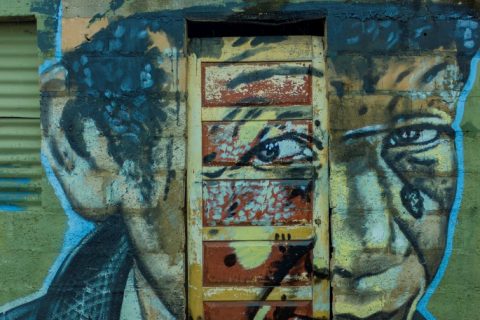

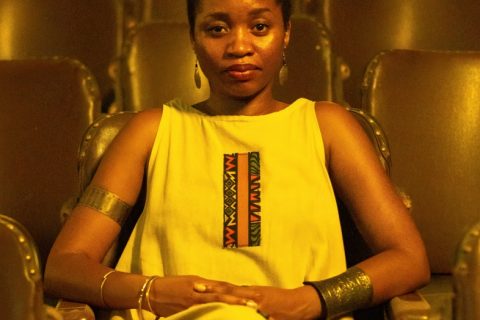
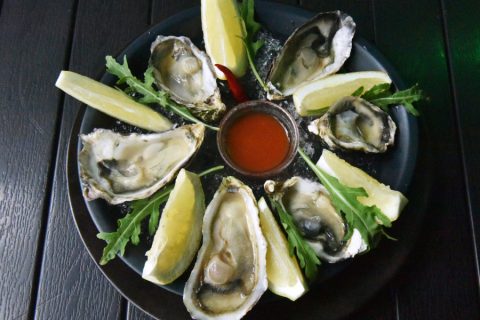

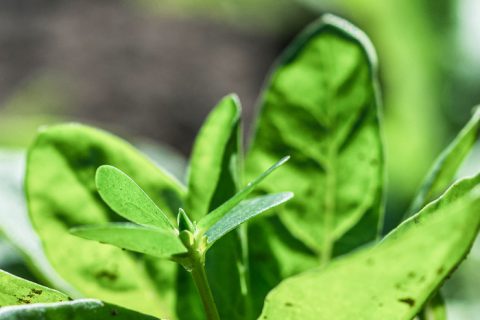
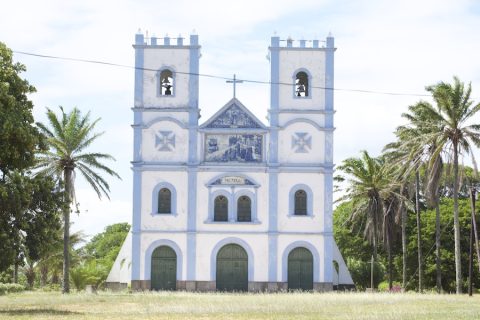
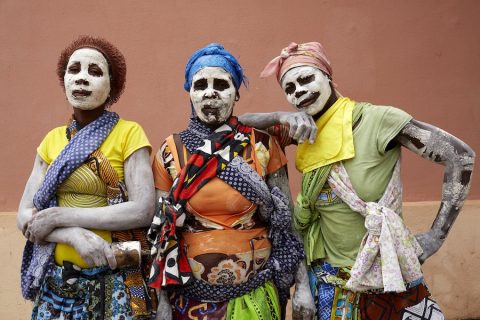
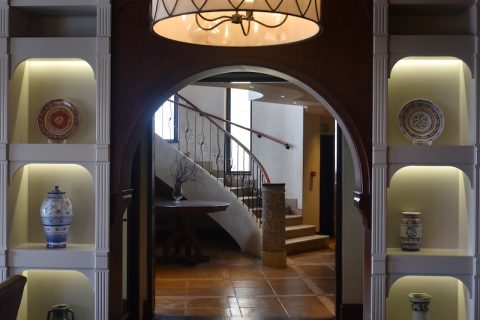


0 Comments